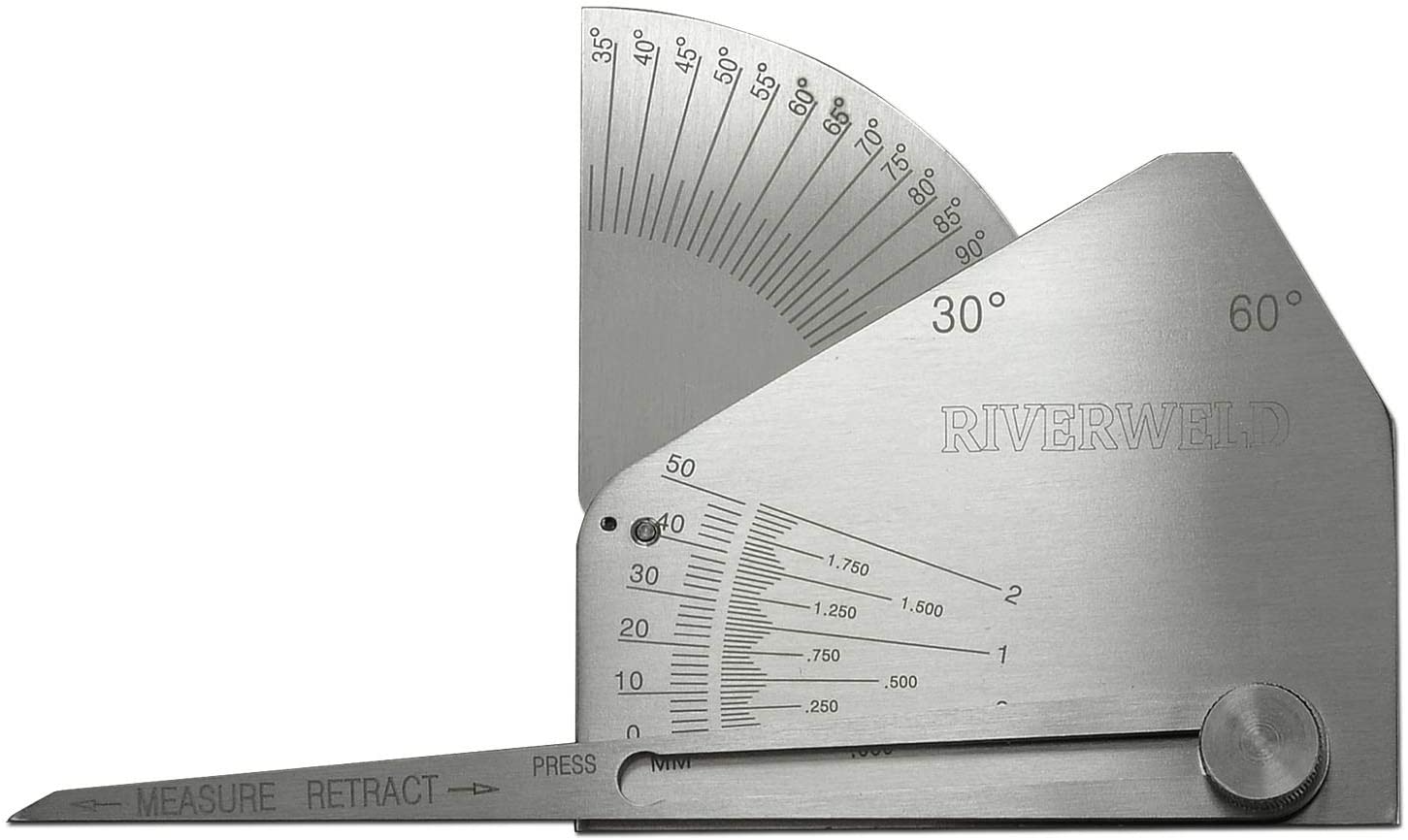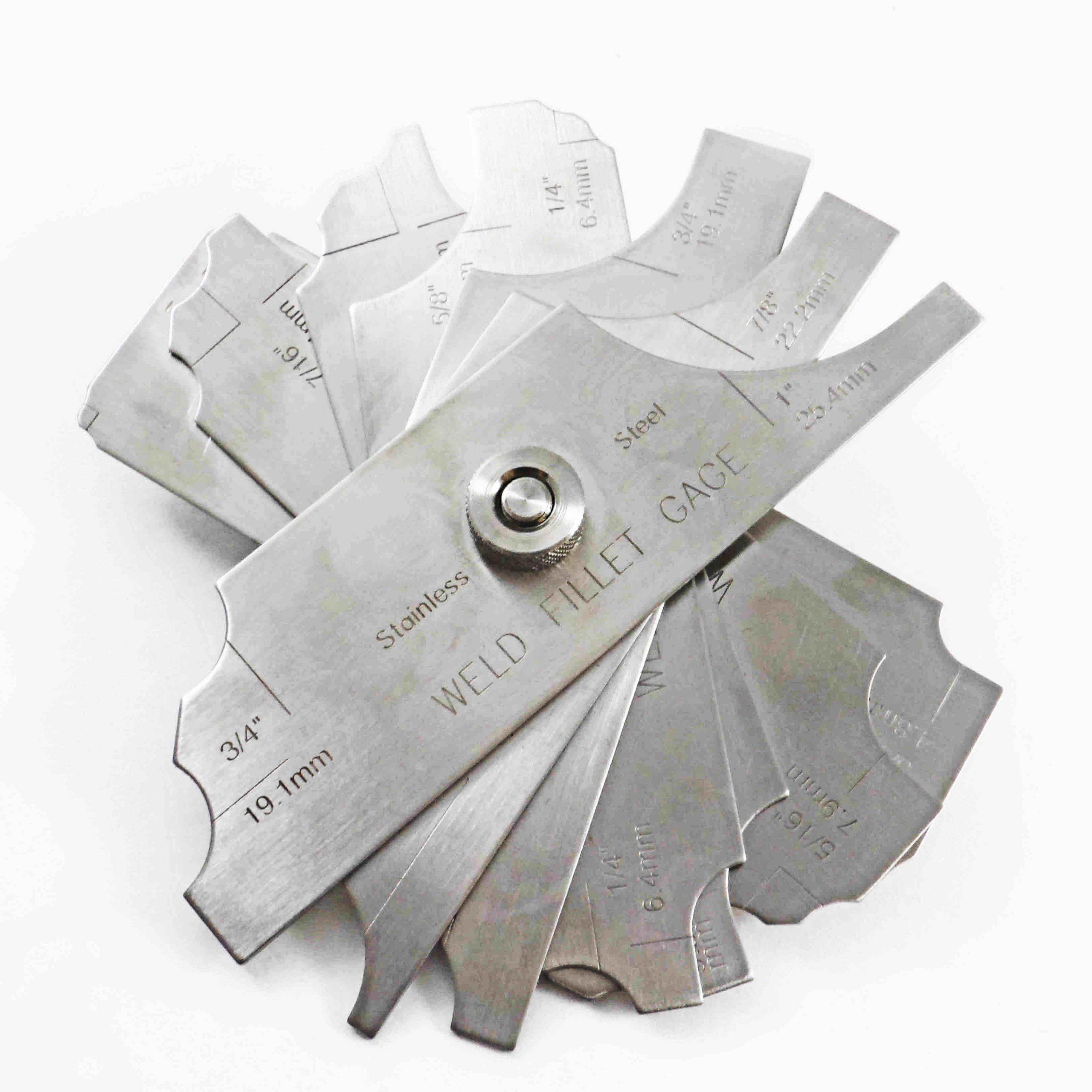Fillet Weld Design Approaches: Optimizing Joint Efficiency and Aesthetic Appeal for Structural Stability
In the realm of structural design and manufacture, the significance of fillet weld style techniques can not be overstated. These methods play an essential function in not only making certain the efficiency and structural stability of joints however also in boosting the general aesthetics of the completed item. By thoroughly taking into consideration aspects such as weld profile optimization, material choice, joint prep work methods, welding process performance, and visual enhancement methods, fabricators and designers can achieve a harmonious equilibrium between performance and look in their welded frameworks. The blend of these components not just results in robust joints but likewise boosts the visual allure of the last item.
Weld Account Optimization


Achieving an ideal weld account involves a precise consideration of variables such as product density, joint setup, welding placement, and preferred welding rate. In addition, the selection of ideal welding criteria, such as voltage, existing, and travel rate, is basic in regulating the form and measurements of the fillet weld. Making use of advanced welding techniques, such as pulse welding or robotic welding, can better improve the weld account to meet certain layout demands and top quality requirements.
Basically, weld account optimization is an essential facet of fillet weld layout that directly influences the general efficiency and integrity of bonded joints in architectural applications.
Material Option Considerations
When considering product choice for fillet weld design, the compatibility of the base steels is an essential element affecting the structural integrity of the joint. It is necessary to select products that not only bonded together efficiently but additionally possess similar mechanical properties to make certain the load is equally distributed in between the base and the weld steels. Welding materials with significantly various residential properties can cause problems such as stress and anxiety concentrations, premature joint failing, or breaking.
In addition, the environment in which the bonded structure will run must be considered when choosing products. Factors like rust resistance, temperature changes, and direct exposure to chemicals can all impact the long life and performance of the weld joint. By selecting materials that are suitable for the desired application and setting, the general durability and integrity of the bonded joint can be considerably boosted.
Therefore, extensive consideration of material compatibility and environmental elements is paramount in guaranteeing the weld joint's stamina, toughness, and general structural stability.

Joint Preparation Strategies
Thinking about the essential role product option plays in making certain the architectural stability of fillet weld joints, it is vital to execute specific joint prep work strategies that enhance the link between the base metals. Joint prep work is an essential step that directly affects the top quality and stamina of the weld.
In addition, tack welding the components in area prior to the final weld helps maintain placement and lessens distortion during the welding process. By meticulously complying with these joint prep work methods, welders can improve the general performance and aesthetics of fillet weld joints while making sure structural soundness.
Welding Process Efficiency
Reliable welding processes are crucial for accomplishing optimum productivity and high quality in fillet weld construction. Procedures like gas metal arc welding (GMAW) and flux-cored arc welding (FCAW) are typically made use of for fillet welds due to their flexibility and rate.
Normal calibration of welding machines, examination of consumables, and maintenance of welding torches can avoid downtime and remodel, eventually conserving time and sources. Trained welders are more skilled at readjusting specifications, troubleshooting problems, and maintaining consistent weld quality.
Aesthetic Enhancement Techniques
To maximize the top quality of fillet weld construction, implementing visual enhancement approaches can play a crucial role in making sure accuracy and accuracy during the welding process. Visual aids such as weld dimension evaluates and multiplying lenses can aid in evaluating weld accounts and dimensions properly. By integrating these aesthetic improvement approaches into the welding process, welders can accomplish not just structurally sound fillet welds yet also visually appealing results that fulfill sector criteria.

Conclusion
To conclude, optimizing fillet weld official site layout entails cautious factor to consider of weld account, product selection, joint prep work, welding process efficiency, and aesthetic improvement check this methods. By applying these methods, architectural honesty can be improved while likewise attaining visual charm. It is very important to focus on both efficiency and aesthetics in fillet weld layout to ensure the overall quality and longevity of the joint.
By meticulously thinking about aspects such as weld account optimization, material selection, joint prep work methods, welding process effectiveness, and visual improvement designers, producers and methods can accomplish an unified balance in between performance and look in their welded structures.In the realm of fillet weld design, maximizing the weld profile plays an essential role in making sure structural honesty and performance. The weld profile, which includes the size and form of the weld cross-section, directly influences the circulation of stress and load-bearing capability within the joint. It is crucial to choose products that not only weld with each other efficiently yet likewise have comparable mechanical homes to make sure the tons is evenly dispersed between the weld and the base steels - Gauge Fillet Weld.In final thought, enhancing fillet weld style includes mindful factor like it to consider of weld account, product option, joint prep work, welding process efficiency, and visual enhancement approaches